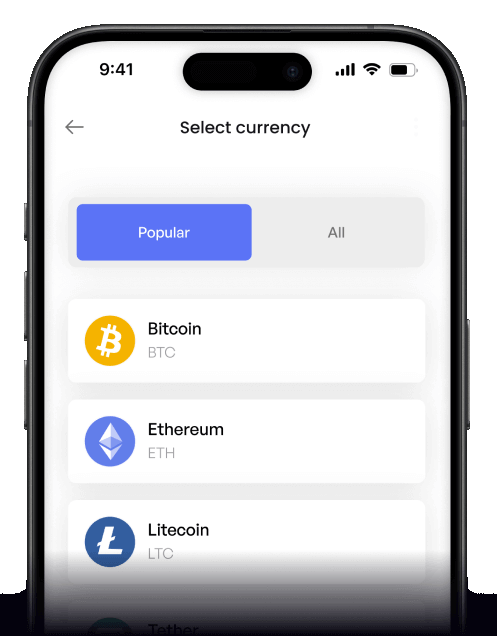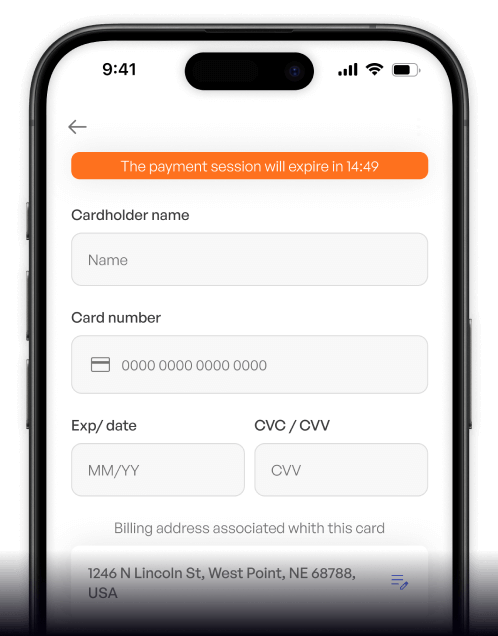Convert
Hungarian Forint (HUF) to Balancer (BAL) Instantly
Purchase Balancer (BAL) with Hungarian Forint (HUF) easily at Switchere and benefit from fast, secure transactions.
About
Balancer (BAL)
Balancer (BAL) is a core piece of decentralized finance (DeFi) infrastructure, functioning as a highly flexible automated market maker (AMM) and liquidity protocol. Unlike traditional AMMs that often require 50/50 asset pairs, Balancer's key innovation is its use of customizable, multi-token liquidity pools, also known as smart pools. This allows anyone to create self-balancing portfolios or decentralized index funds where assets are held in specific, weighted proportions. This design not only provides deep, programmable liquidity for traders but also creates arbitrage opportunities that drive the pools back to their intended weighting, effectively automating portfolio management for liquidity providers on its decentralized network.
The protocol's evolution to Balancer V2 introduced a groundbreaking single Vault architecture. This design separates the AMM logic from the token management and accounting, massively improving gas efficiency and capital efficiency. All trades within the Balancer ecosystem are routed through this single Vault, enabling complex multi-hop trades to be executed with significantly lower transaction costs. The native digital asset of the protocol, BAL, serves as a critical governance token. Holders of the BAL utility token can participate in on-chain governance, voting on protocol upgrades, fee changes, and directing the allocation of liquidity mining rewards, thereby shaping the future of this essential Web3 infrastructure.
How to Buy Balancer (BAL)
Popular Coins for Hungarian Forint (HUF)
Other Coins for Hungarian Forint (HUF)
Frequently asked questions
-
What is the most common method for buying Balancer (BAL) with Hungarian Forint (HUF)?
Typically, the process involves using a centralized cryptocurrency exchange that acts as a fiat on-ramp. Users first complete KYC/AML compliance, then deposit HUF via a bank transfer or debit card. Since direct HUF/BAL pairs are rare, the common path is to convert HUF to a major cryptocurrency like USDT or ETH first, and then trade that for BAL on the exchange's order book. -
What is the core function of Balancer (BAL) within the DeFi ecosystem?
Balancer is a leading Automated Market Maker (AMM) protocol that allows for decentralized trading. Its key innovation is the use of multi-token liquidity pools with customizable weighting and trading fees, unlike the standard 50/50 split in many other AMMs. The BAL token itself is a governance token, enabling holders to vote on proposals that shape the future of the Balancer Protocol. -
What are the typical fees when purchasing BAL with HUF?
You should consider three types of fees: 1) A deposit fee for your HUF transfer, which depends on the exchange and your bank. 2) A trading fee on the exchange, usually a small percentage of the transaction value when you trade HUF for another crypto and then for BAL. 3) A blockchain network fee (gas fee) if you decide to withdraw your BAL tokens from the exchange to a private digital wallet. -
How does Balancer's Vault architecture impact the security of my BAL holdings?
The Balancer Vault architecture separates the token accounting and management from the AMM pool logic. All tokens from all Balancer pools are held in a single contract, the Vault. This design simplifies smart order routing, minimizes gas costs for trades, and significantly reduces smart contract risk, as the core token holdings are isolated from the potentially complex logic of individual pools. -
After buying BAL with HUF, what are my options for portfolio management within the Balancer ecosystem?
Beyond holding BAL as a digital asset, you can actively participate in the protocol. One primary use is to become a liquidity provider by depositing your BAL along with other assets into a liquidity pool. This allows you to earn a portion of the customizable trading fees generated by that pool. Additionally, you can use your BAL tokens for governance, voting on key decisions that influence the protocol's development and fee structures.






